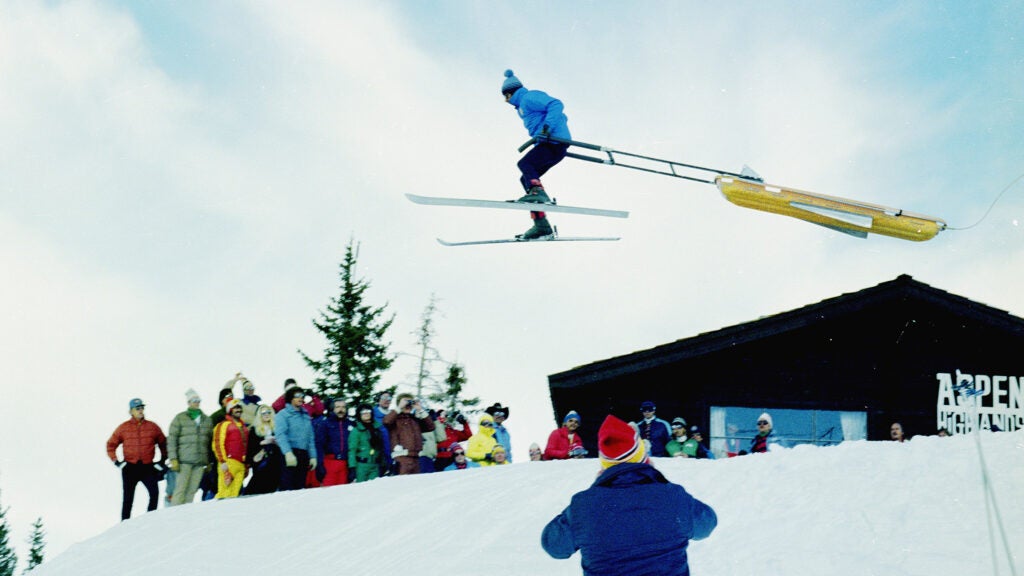No products in the cart.
Outdoor Adventure
Is Aspen Overrun? – Outside Online
In recent years, Aspen has changed significantly yet again, along with resort towns everywhere. During the pandemic, massive federal stimulus money was disbursed widely, and much of it was spent on prized residential real estate investments. At the same time, wealthy white-collar workers, able to do their jobs remotely, could not get away from the COVID-19 lockdowns in cities fast enough, so they literally headed for the hills. With the effects of global warming accelerating, even more people with means continue to eye this protected perch in the cool mountain air.
The pandemic, economic policies, technology, and climate change have combined to make housing costs skyrocket, even higher and faster than they had already been doing since the 1980s. Before that, almost all of Aspen’s workforce lived in town. In the mid-eighties, increasing numbers of construction workers began commuting into Aspen from downvalley communities like Basalt and Carbondale, places where there was more land to stage their businesses. As Aspen housing costs rose, lower-income worker migration to those towns became middle-income manager migration. By the nineties, young professionals were seeking downvalley semi-affordable family homes. Today less than 30 percent of Aspen’s workforce lives in the town, and most of these residents bought in years or decades ago. Many young working Aspenites continue living with parents even after graduating from college.
Other results of astronomical housing prices have been an accelerating exodus of aging locals, forced out or cashing out of historic ski towns, and the loss of young seasonal workers, who are scared away by the near impossibility of finding a place to live. I’ve heard anecdotally about these forces draining community personality from places like Vail and Sun Valley, and I’ve seen it clearly in Aspen, the town of my birth. The souls of ski towns are changing.
Today, locals frequently worry that Aspen is losing character. More than any man-made amenity or setting of inherent natural beauty, this intangible attribute is what brings the town’s mind, body, and spirit to life. It is difficult to predict what the loss means for the town’s future. It may be only that locals feel the familiarity slipping from a lifestyle that was their passion. Or this period of unease may mark a profound transformation of authentic ski towns like Aspen into controlled, resident-free resorts, like Disneyland.
To answer the question of whether Aspen is still an offbeat town filled with characters, it’s necessary to try defining what a “character” means in the collective mind here.
To this end, I sought out Daniel Joseph “D.J.” Watkins, author, producer of the film Freak Power (a 2020 documentary about Hunter Thompson’s famous 1970 campaign to become sheriff), curator of Thomas W. Benton’s gonzo art, and an astute observer of Aspen’s history as a counterculture incubator. I asked him if a character can make it in ultra-expensive Aspen anymore.
“Bob Braudis told me that to live in Aspen today, you have to figure out how to live off the breadcrumbs of the rich and be able to pick them up without losing your dignity,” he said with a laugh. “All the rich people who came to town wanted to meet Bob. They knew we were friends. I’d say, ‘Sure, bring me an envelope with two thousand cash in it, and I’ll arrange a lunch.’ It paid Bob’s rent.”
The price tag on an average Aspen home is a staggering $13 million. Some might claim anyone willing to pay such a price for a middling house is nuts by definition.
It’s not that gonzo characters can’t be wealthy. Aspen has embraced many people like this—Walter Paepcke quickly comes to mind. So does Nick DeWolf, an early computer genius who, with Travis Fulton, in the mid-1970s programmed the landmark downtown water fountain that never repeats its pattern, and who installed a bright yellow planetarium and telescope dome on the roof of his lavender Victorian house.
Things have changed noticeably, though. A November 2022 article in The Wall Street Journal called it the most expensive town in America. The price tag on an average Aspen home is a staggering $13 million. Some might claim anyone willing to pay such a price for a middling house is nuts by definition. But even if nonconformists are equally distributed throughout the socioeconomic classes, only the super-wealthy can afford to live in Aspen now. In and of itself, this is homogenization.
Workers in Aspen’s hotels, restaurants, and shops have historically struggled to make ends meet, getting by on wits and will. It used to be that you didn’t always know or care where people lived, or if they worked, much less whether they were rich or poor. Today, it’s a given: if you’re a newcomer, you have money. Even many doctors and attorneys can’t afford Aspen. Many wonder who will replace the aging professionals who arrived years ago, when housing was still a possibility on their six-figure salaries. Professionals now eye mid- and downvalley offices and homes and require Aspenites to travel 20 miles or more for their services.
The percentage of Aspenites over age 65 has more than doubled since 2003, to 15.2 percent. Meanwhile, the average age of skiers and snowboarders in the U.S. jumped from 26 to 33 between 2005 and 2020. Psychologists generally agree that creativity peaks by early middle age. Studies confirm that we typically take fewer risks as we get older. It’s documented that humans become calmer and more emotionally stable later in life. In short, advancing age does not usually sustain nonconformity.
Source link

